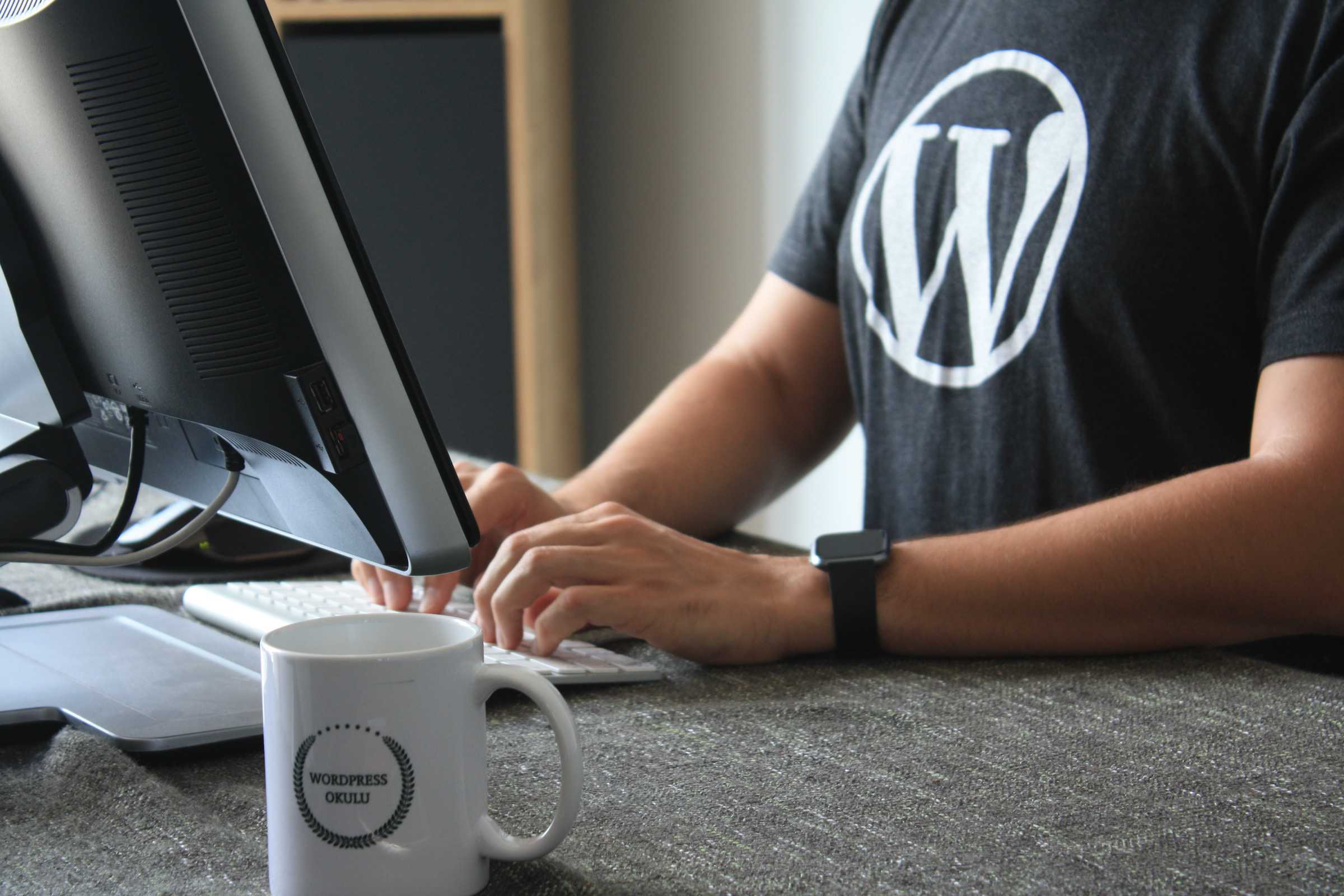Easy to set up and customize, WordPress is arguably the most popular content management system. With thousands of plugins and themes, you’re just a few clicks away from creating a beautiful site.
This article will tell you what to know when choosing a WordPress theme. We’ll highlight all the potential red flags you need to be aware of and what tools you should use to keep your website safe and secure.

1. 5 Red Flags for Poorly Made WordPress Themes
A WordPress theme is a set of files that controls how your site looks, including its layout, style, color, and more. Themes are essential to making an attractive website and remove the need for coding or designing the site yourself.
But with thousands upon thousands of themes, knowing what makes a theme a bad investment can be difficult. Below are some red flags you should keep in mind:
1. Compatibility Issues
The WordPress platform is regularly updated to improve its features and performance and defend users against rising cybersecurity issues. If your WordPress theme does not receive proper support and attention, it could have obsolete code that hackers might exploit.
Before downloading a theme, check when it last received an update. You should also see the last version of WordPress it was tested with. This should give you peace of mind that the theme will work with modern plugins and have the latest security patches applied.
2. Illegitimate Marketplaces
One of the safest places to purchase WordPress themes is WordPress itself. Its directory boasts a variety of free and commercial themes that have undergone strict quality controls to ensure their safety.
That said, many website owners want better choices when it comes to designs and visit premium marketplaces to buy customized themes. The simple truth is that there will always be risk when buying from these sites.
A study by the Georgia Institute of Technology found that many marketplace websites that sold malicious or infected files still appeared in the top 5 searches on Google. This proves that just because a site appears popular and legitimate, it may all be a front.
3. Bundled Plugins
Another red flag when choosing a WordPress theme is whether bundled plugins are included or must be used. These plugins could be another route for a hacker to attack you.
For example, over 100,000 WordPress sites were compromised by malware after hackers targeted a bundled plugin known as Slider Revolution. At the time of detection, the plugin was still being sold with thousands of themes on premium marketplaces before being patched.
4. Slow, Sluggish Performance
A WordPress theme should be able to look great but also load faster. After all, the longer it takes to appear, the more danger there is of a visitor clicking off.
Before downloading and installing a theme, you should check to see how optimized it is. With the demo URL, use online performance tools like WebPageTest to see how quickly it loads, especially on different devices. These speed tools can often highlight if there are coding issues with the theme.
5. Suspicious File Size
Whenever you’re downloading files, it’s always recommended you keep an eye on the file size. A WordPress theme usually has a file size of between 1 and 10 MB, though more complex themes might be larger.
If you’re considering a premium theme with an enormous file size, you should be wary of using it. Some of the files inside the theme folder could contain malicious coding. At the very least, scan the folder before uploading it to your blog.

2. Cybersecurity Tools That Can Protect Your Website
Prevention is the best form of defense against a bad WordPress theme. By using cybersecurity tools, you’ll be able to detect threats before they can infect you.
Below are three essential cybersecurity tools you can use:
3. An Ad Blocker
Virtually every website uses ads. And as annoying as it can be to click off, many hackers are buying up advertising space to attack WordPress users.
Once these ads are clicked, even by mistake, they can infect your PC and steal personal information. An easy solution to this problem is using an ad blocker.
As the same suggests, it is designed to stop intrusive ads, eliminating the possibility of clicking on them. These trackers can prevent websites from building a profile and recording your online activity.
Because many people use various devices to edit and post on WordPress, it’s essential to get comprehensive protection. For instance, a premium ad blocker can be used on different devices, meaning you’ll be protected from ads when logging into your WordPress from your smartphone or PC.
4. Antivirus
Antivirus software is one of the best lines of defense against malware. And if you’re concerned about your WordPress theme, you can scan the folder before uploading it to your WordPress site.
If your antivirus flags the folder suspicious, you will know not to trust it and should quarantine and delete the folder immediately.
5.WordPress Backups
Think of a backup as a copy of your website on a particular day and time. Backups help restore your site in the event something terrible happens.
One of the best ways to protect your site and files is by creating a backup before installing your theme. That way, if you find the WordPress theme has corrupted your site, you can immediately return to a time before its installation.